The genetic mystery behind seedless bananas reveals one of agriculture's most fascinating evolutionary quirks. Unlike their wild ancestors, which were packed with hard, inedible seeds, modern supermarket bananas seem to defy botanical norms by reproducing without any visible seeds. This phenomenon isn't magic – it's the result of meticulous human intervention and a rare genetic mutation that transformed an obscure tropical fruit into a global staple.
Wild bananas tell a different story. If you were to encounter a wild banana plant in the jungles of Southeast Asia, you'd find fruits filled with large, bullet-like seeds that make eating them nearly impossible. These seeds served a crucial purpose in natural reproduction, allowing wild bananas to spread through animal consumption and subsequent dispersal. The contrast between these ancestral varieties and the creamy, seedless bananas we enjoy today couldn't be more striking.
The transformation began thousands of years ago when early agriculturalists noticed rare mutant banana plants producing fruits with tiny, undeveloped seeds. Through vegetative propagation – essentially cloning by replanting shoots from these desirable mutants – humans gradually developed what scientists call parthenocarpic bananas. This term describes fruits that develop without fertilization, resulting in those characteristic small black dots we sometimes see in banana flesh, which are actually aborted ovules rather than true seeds.
Polyploidy plays the starring role in this genetic drama. Most seedless bananas are triploids, meaning they have three sets of chromosomes instead of the usual two. This odd number makes normal sexual reproduction impossible because chromosomes can't pair evenly during meiosis. While this renders the bananas sterile in nature, it creates the perfect texture and seedless quality that consumers love. The Cavendish variety that dominates global markets today inherited this triploid characteristic from its predecessors.
This genetic modification came with an evolutionary trade-off. Without seeds, domesticated bananas lost their ability to reproduce sexually, making them completely dependent on human cultivation. Farmers propagate bananas asexually by transplanting suckers or tissue cultures, creating entire plantations of genetically identical plants. While efficient for production, this monoculture approach leaves bananas vulnerable to diseases that can wipe out entire varieties, as happened with the once-dominant Gros Michel banana in the mid-20th century.
The banana's genetic journey continues today as scientists work to develop new varieties that maintain the seedless quality while introducing disease resistance. Modern techniques like genetic mapping and marker-assisted breeding allow researchers to understand the banana genome more deeply than ever before. Some teams are even experimenting with reintroducing limited fertility to enable conventional breeding programs without sacrificing the seedless trait that makes bananas commercially viable.
Next time you peel a banana and notice those tiny black specks, remember they're echoes of the fruit's seedy past. What appears as a simple convenience at the grocery store actually represents millennia of agricultural innovation and a remarkable genetic accident that humans recognized and perpetuated. The seedless banana stands as testament to our species' ability to shape nature to our needs – while reminding us of the vulnerabilities that come with interfering in fundamental biological processes.
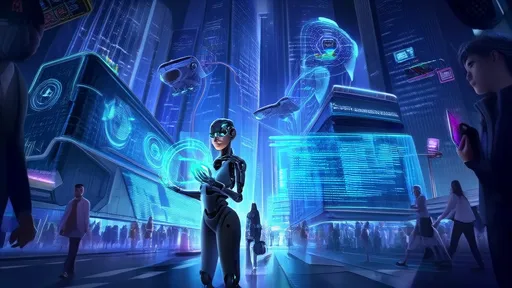
By /Jul 2, 2025
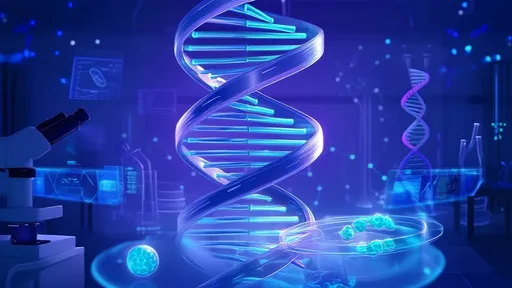
By /Jul 2, 2025

By /Jul 2, 2025

By /Jul 2, 2025

By /Jul 2, 2025

By /Jul 2, 2025
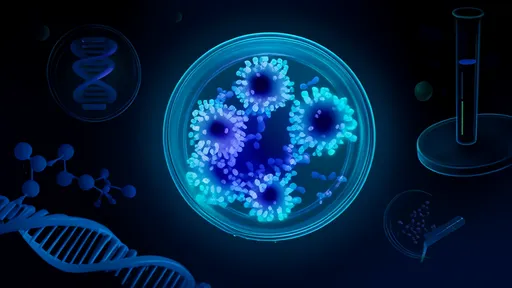
By /Jul 2, 2025
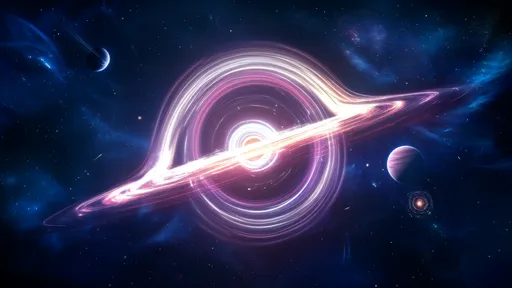
By /Jul 2, 2025

By /Jul 2, 2025
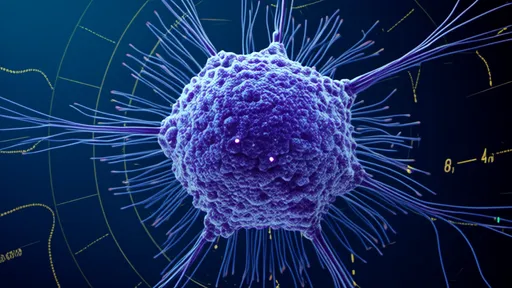
By /Jul 2, 2025
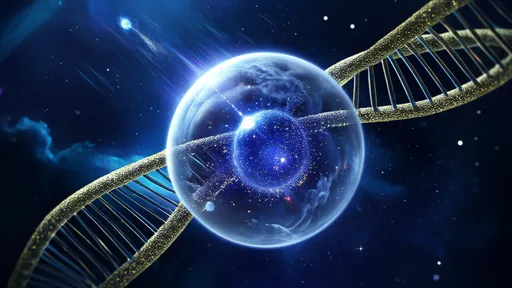
By /Jul 2, 2025
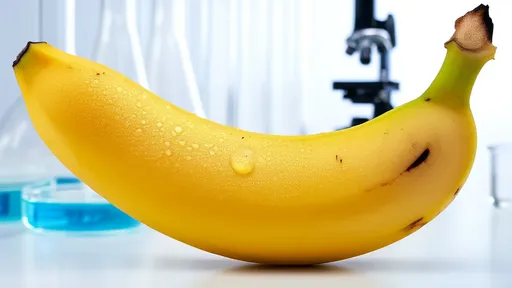
By /Jul 2, 2025
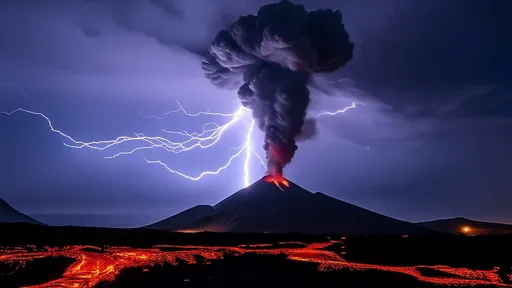
By /Jul 2, 2025

By /Jul 2, 2025
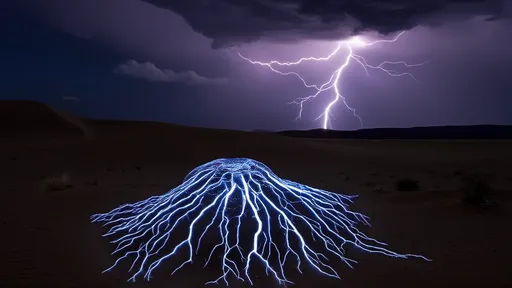
By /Jul 2, 2025

By /Jul 2, 2025
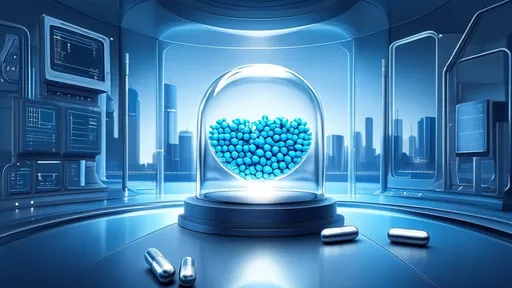
By /Jul 2, 2025

By /Jul 2, 2025

By /Jul 2, 2025

By /Jul 2, 2025